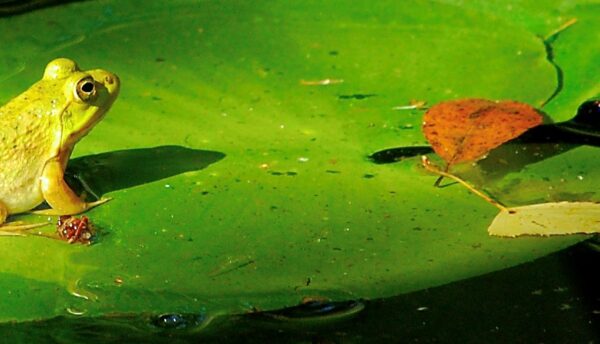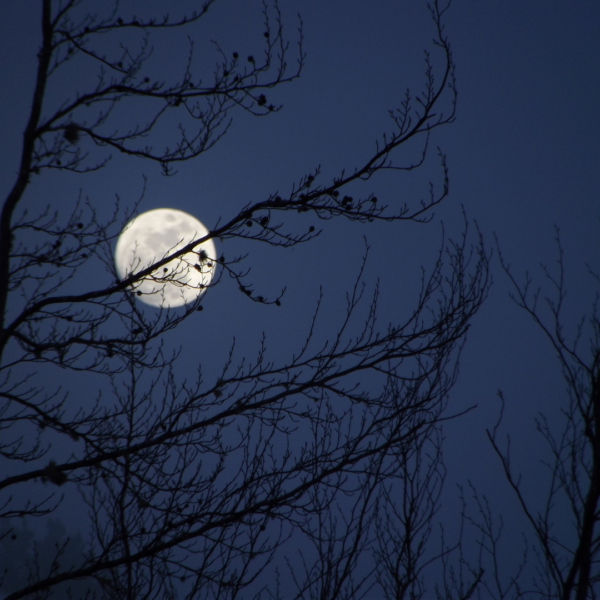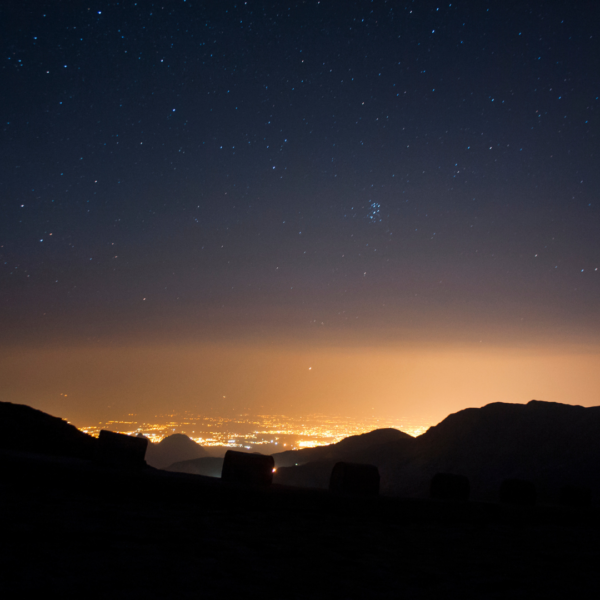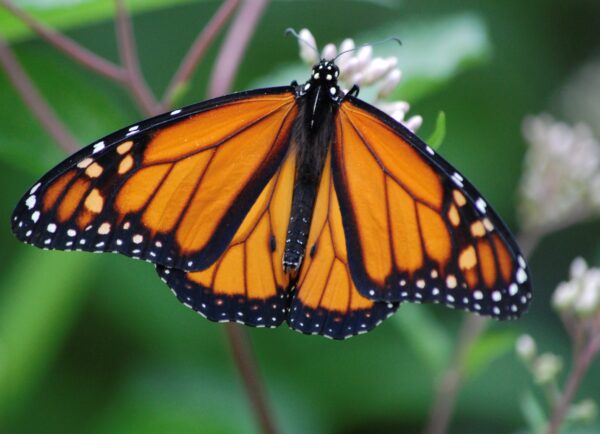Every night from 1980 – 1982, I would go outside my trailer in rural Kentucky and gaze upon the Milky Way.
In the 41 years since then, I have only seen the Milky Way twice – in Maine and New Mexico. From every night to twice in four decades, what happened?
The answer is light pollution: artificial light at night which disrupts the natural pattern of wildlife, contributes to the increase in carbon dioxide (C02) in the atmosphere, disrupts human sleep, and obscures the stars in the night sky. Light pollution is caused by streetlamps, parking lot/shopping mall lights, exterior lights found on most homes/businesses, neon signs, and illuminated signboards.
The Vanishing Night
Globally, light pollution has increased by at least 49% from 1992-2017. About 83% of people, including 99% of Europeans and Americans live under light polluted skies that are more than 10% brighter than natural darkness. 80% of North Americans cannot see the Milky Way galaxy.
In National Geographic “Our Vanishing Night” (April 2012), light pollution is defined and described as the effects of bad lighting design, which allow artificial light to shine outward and upward into the sky, where its’s not wanted, instead of focusing it downward, where it is wanted. When we look around at the kind of lights used at night, we can often discover they have so much glare that there is poor visibility not greater.
More light doesn’t make us safer! Smarter use of light does! If we are smart, we can have a dark sky without losing light on the ground.
Categories of light pollution include light trespass (when unwanted light enters one’s property, ex. neighbors garage light thru your window), over illumination (excessive use of light), glare (causing a blinding effect), light clutter (excessive group of lights), and skyglow (a glow in the night sky deriving from an artificial sources ex. city lights). A single offending light source often falls into more than one of these categories.
Besides obscuring the beauty of a dark night sky filled with stars, planets and the Milky Way, light pollution can affect human health. Darkness is essential to our biological welfare. Our ancestors had 12 hours of light and 12 hours of darkness which matched human natural circadian rhythms. Yet, with the creation of artificial light, those circadian rhythms have been disrupted resulting in insomnia, delayed sleep-phase syndrome, depression, hypertension, attention deficit disorder, obesity, diabetes, breast cancer, and heart disease.
Another biological function disrupted by the presence of light at night is the production of melatonin. Melatonin is a potent antioxidant, anticarcinogen, and is responsive for regulating metabolism and immune responses.

The calling behavior of many frog species appears to be affected by nighttime lights, with individuals calling less frequently and moving more often. This has the potential for decreasing mating opportunities and negatively impacting on subsequent spawning success.
What We Can Do
On an individual level, one can install timers and dimmers switches to assist in avoiding prolonged or accidental and unnecessary use of one’s lights. Collectively, we should work towards ensuring our lighting fixtures are as low as possible to avoid glare and prevent light from traveling upward. We should also have fully shielded light sources, which further aids in keeping light shining downward. Finally, we should make sure that our lighting sources do not emit too much blue light. Using blue light filters, we can ensure that wavelengths emitted from our light aren’t as harmful to wildlife.
For more information regarding responsible home outdoor light go to darksky.org.
You may also want to watch the movie “The City Dark” and read the book The End of Night: Searching fort Natural Darkness in an Age of Artificial Light by Paul Bogard (a blend of personal narrative, natural, history and science to shed light on the importance darkness; what we’ve lost, what we still have, and what we might regain and the simple ways we can reduce the brightness of our lights).
May future generations of children see what we cannot see because we cared enough to stem the tide.

Come hike under the light of the full moon!

City lights shine bright but at what cost to the biodiversity of the area?
Wildlife Disruption
Humans are not the only creatures affected by light pollution. As light spills into the natural world, some aspect of life for animals is affected. Light pollution impacts migration patterns, wake-sleep habits, and habitat formations. Artificial lighting attracts some organisms such as moths, frogs, sea turtles, resulting in them not being where they should be.
After hatching on the beach, baby sea turtles’ survival depends on detecting the bright horizon or illuminated moon to guide their turning towards the ocean. With bright artificial light coming from beachside residencies and towns, hatchlings are disoriented and directed away from the ocean.
For bird species, artificial lighting can distract them during their migratory and hunting activities. Without sufficient natural lighting conditions, birds lose their navigation (starlight and moonlight), conditions for nesting, foraging and other behaviors. Migratory birds depend on cues from properly timed seasonal schedules. Artificial light can cause them to migrate too early or too late and miss ideal climate conditions.
According to the International Dark Sky Association the animals most affected by light pollution are sea turtles, frogs and toads, hummingbirds, sweat bees, zebrafish, seabirds, monarch butterflies, and Atlantic salmon, zooplankton, bats, owls, mice, insects, and fireflies.

Monarchs exposed to nighttime light pollution, like a street lamp above their roost, can experience a phase shift, making their body think it’s either earlier or later than it really is. This can throw off their sense of time, affecting their migration habits.
Experience the Magic of Tyler at Night!
Join guides Dick Cloud and John Bunting on this full moon hike on December 27. Hiking at night is a unique sensory experience. Use your senses of hearing, smell, and touch to navigate the North Woods. Observe the full moon as this walk meanders through the meadows and more open areas of the Arboretum.
Let’s all do our part, and hopefully, I’ll see you out under the stars one of these nights – maybe even on December 27!
- Interested in unlimited admission all year long?
- Free tours and hikes?
- Invitations to special events and more?






